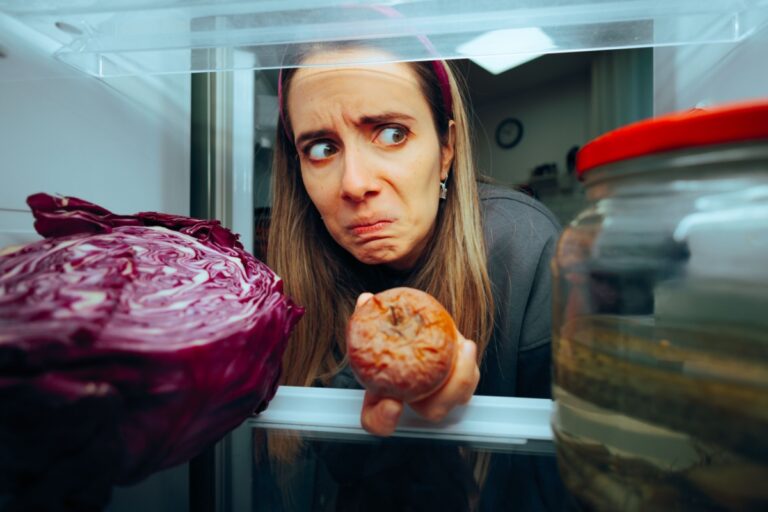Top 15 Natural Probiotic Foods You Can Get in Any U.S. Grocery Store
Probiotics are live bacteria that are good for your gut health. They help balance the bacteria in your digestive system, boost immunity, and improve overall well-being. Thankfully, you don’t need to buy expensive supplements to get probiotics.
Many delicious and affordable foods that naturally contain probiotics are readily available at most U.S. grocery stores. Here’s a list of the top natural probiotic foods you can easily add to your diet.
Yogurt
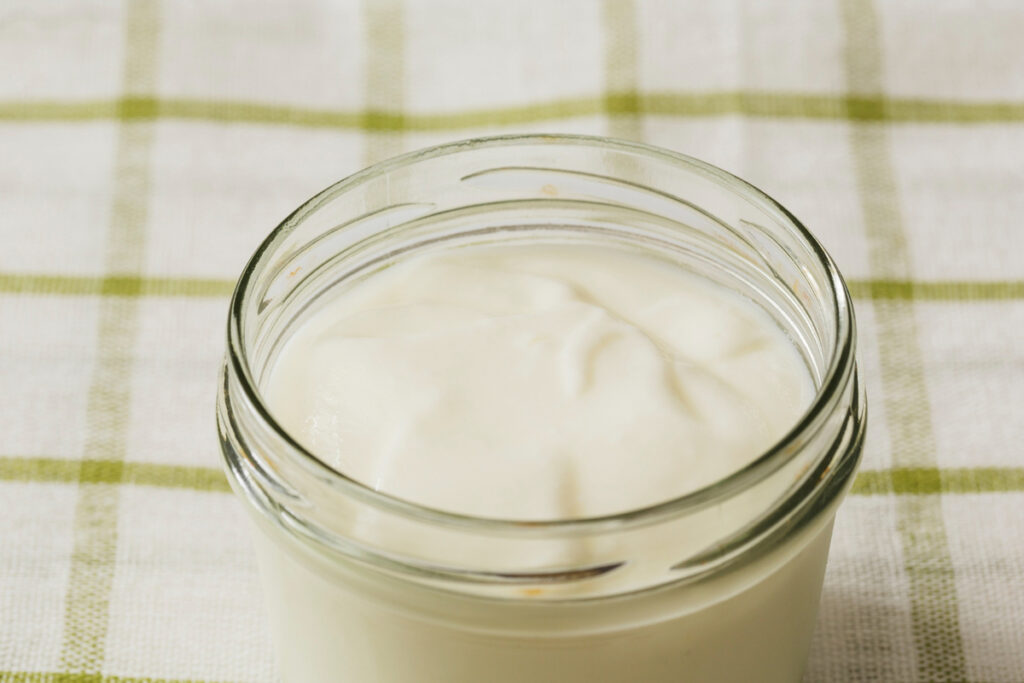
Yogurt is one of the most popular and accessible sources of probiotics. It’s made by fermenting milk with beneficial bacteria, making it rich in live cultures. Look for plain, unsweetened yogurt to get the most probiotic benefits without added sugars.
You can enjoy yogurt on its own, mix it into smoothies, or use it as a base for healthy sauces. Greek yogurt is a thicker, creamier option that is also high in protein. For the best results, choose brands labeled with “live and active cultures.”
Kefir
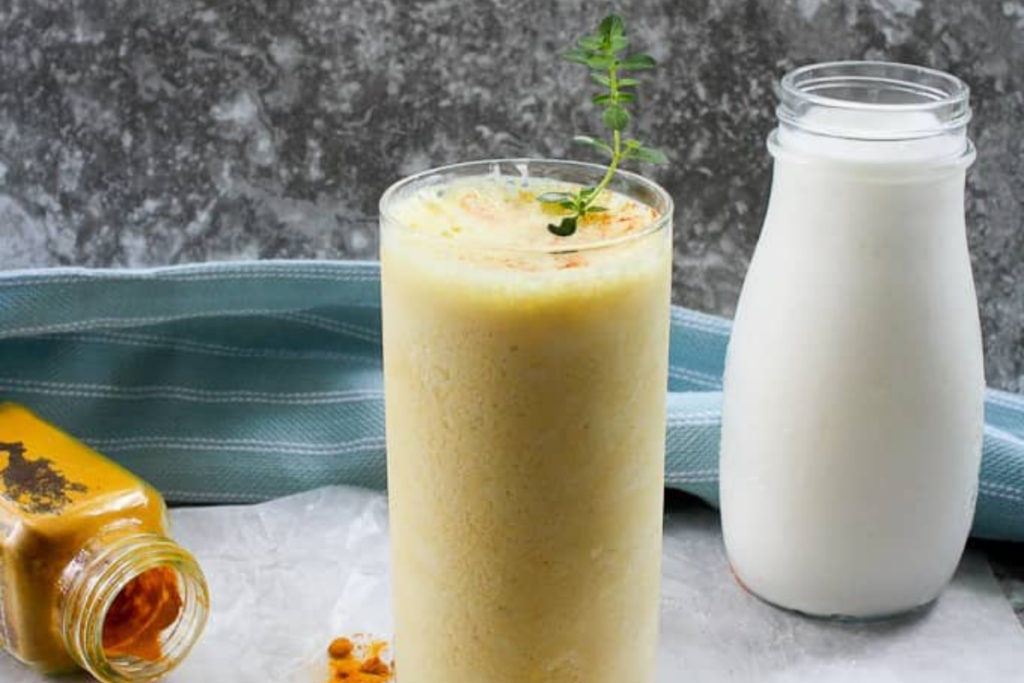
Kefir is a fermented milk drink that’s similar to yogurt but with a thinner consistency. It contains a wider variety of beneficial bacteria than yogurt, making it a potent source of probiotics.
You can find plain or flavored kefir at most grocery stores, often in the dairy or health food section. Kefir is easy to digest, even for those who are lactose intolerant, because the fermentation process breaks down much of the lactose.
You can drink it on its own, pour it over cereal, or use it as a base for smoothies. Its tangy taste adds a refreshing twist to any meal.
Sauerkraut

Sauerkraut is finely shredded cabbage that has been fermented with lactic acid bacteria. This tangy, crunchy food is a great source of probiotics and also contains fiber, vitamins, and antioxidants.
To get the probiotic benefits, make sure to buy refrigerated sauerkraut that hasn’t been pasteurized, as pasteurization kills the live bacteria. You can use sauerkraut as a topping for sandwiches, burgers, or salads, or enjoy it as a side dish.
It’s an easy way to add flavor and gut-friendly bacteria to your meals.
Kimchi

Kimchi is a traditional Korean dish made from fermented vegetables, usually cabbage and radishes, with spices like garlic, ginger, and chili pepper. It’s rich in probiotics, vitamins, and antioxidants, making it a healthy and flavorful addition to your diet.
You can find kimchi in the refrigerated section of many grocery stores, especially those with a variety of international foods. Kimchi can be eaten on its own, added to stir-fries, or served as a spicy topping for rice and noodles.
Its unique, tangy flavor adds a bold taste to any dish.
Miso

Miso is a fermented soybean paste commonly used in Japanese cooking. It’s packed with probiotics, as well as nutrients like protein, fiber, and vitamins. Miso is most often used to make miso soup, but you can also add it to salad dressings, marinades, and sauces.
Look for unpasteurized miso, which retains its live cultures, in the refrigerated section of your grocery store. A small spoonful of miso adds a rich, savory flavor to dishes while giving your gut a probiotic boost.
Keep in mind that miso is salty, so a little goes a long way.
Tempeh
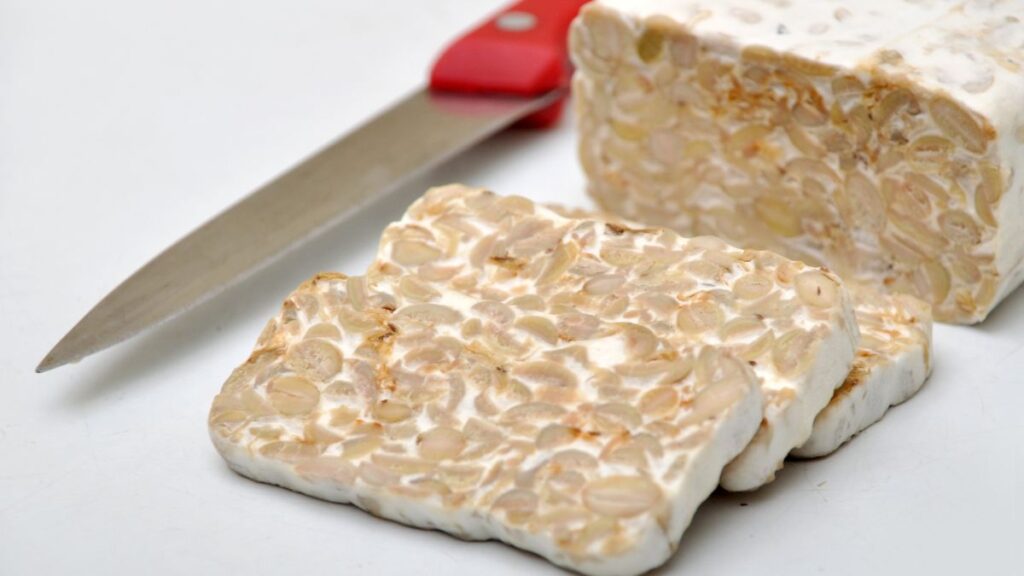
Tempeh is a fermented soybean product that’s firm and chewy, with a nutty flavor. It’s a great plant-based source of protein and probiotics, making it a favorite among vegetarians and vegans.
You can find tempeh in the refrigerated section near the tofu and other plant-based foods. Tempeh can be sliced, marinated, grilled, or stir-fried, or added to salads and sandwiches.
It’s a versatile ingredient that absorbs the flavors of the dishes it’s used in, making it easy to incorporate into a variety of meals.
Pickles
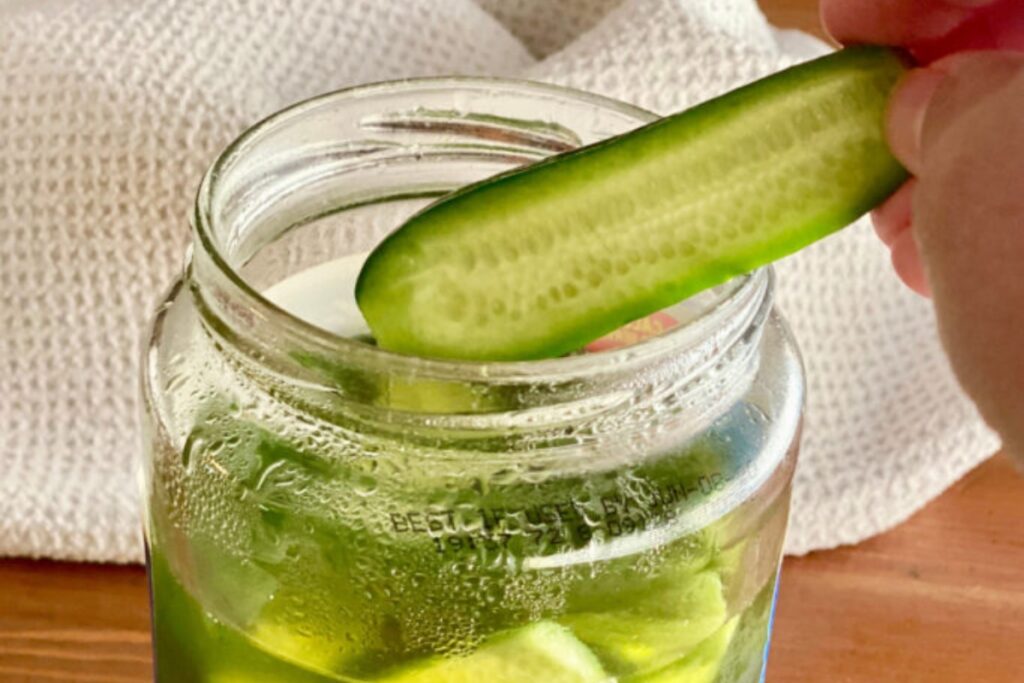
Pickles made through natural fermentation are a tasty and crunchy source of probiotics. Look for pickles labeled as “fermented” or “made with live cultures” in the refrigerated section, as most shelf-stable pickles are made with vinegar and do not contain live bacteria.
Fermented pickles add a zesty flavor to sandwiches, burgers, or salads. They can also be enjoyed as a simple snack. Just make sure to check the ingredients and avoid those with artificial preservatives if you’re looking for probiotic benefits.
Kombucha
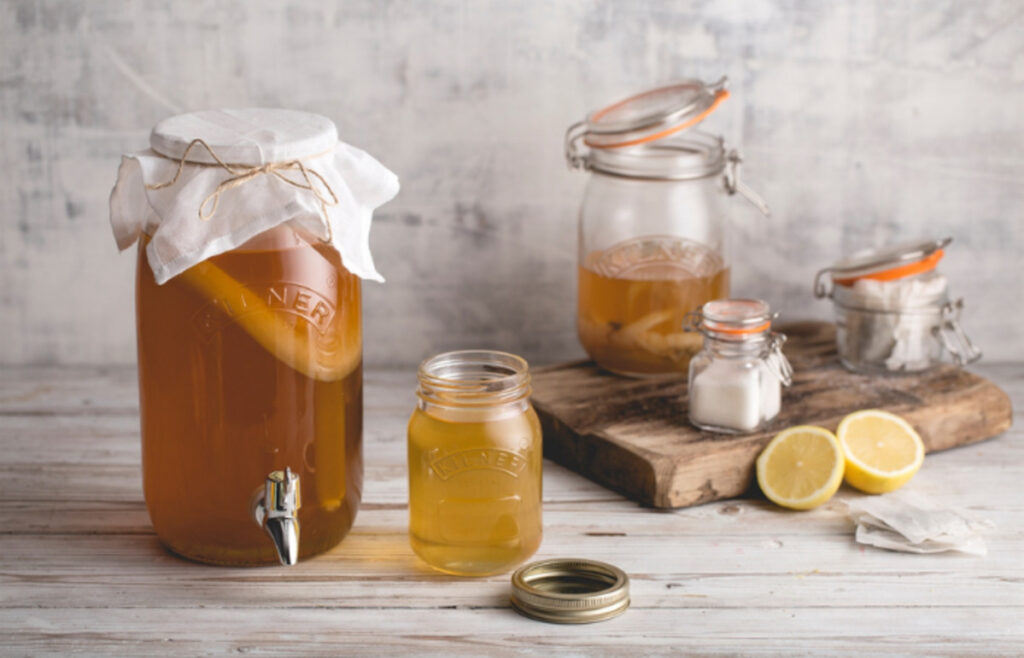
Kombucha is a fermented tea drink that has become increasingly popular for its probiotic properties. Made from sweetened tea fermented with a culture of bacteria and yeast, kombucha is naturally fizzy and comes in a variety of flavors. You can find it in the refrigerated beverage section of most grocery stores.
Kombucha is refreshing and slightly tangy, making it a great alternative to sugary soft drinks. Enjoy it on its own or alongside meals for a boost of probiotics and antioxidants. Just be mindful of added sugars in some flavored versions.
Sourdough Bread
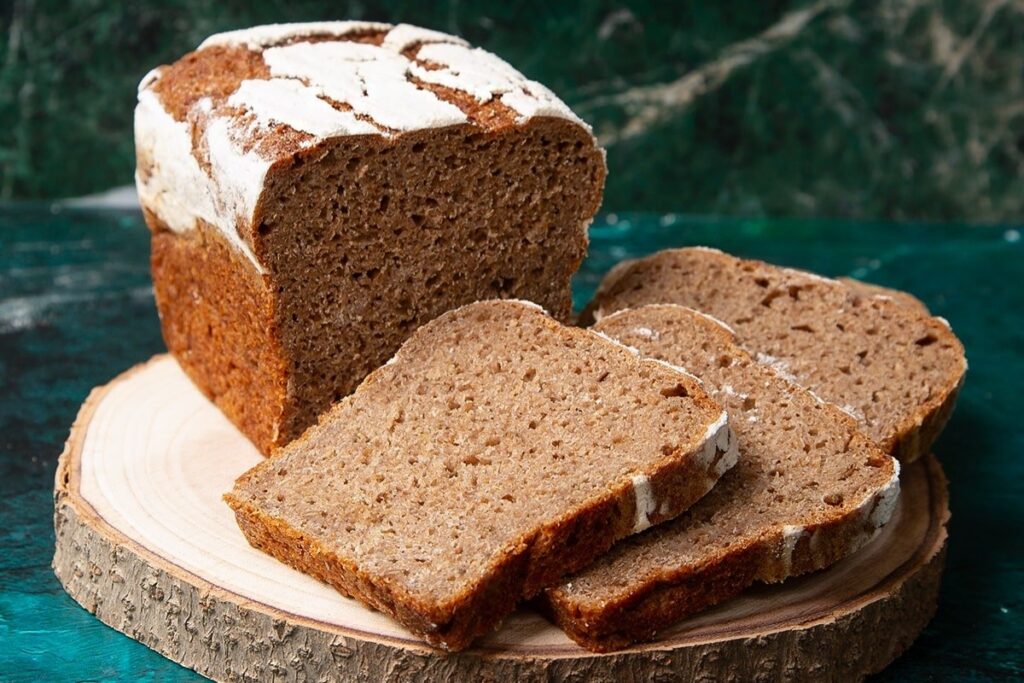
Sourdough bread is made with a fermented dough starter that contains beneficial bacteria and wild yeast. The fermentation process gives sourdough its signature tangy flavor and makes it easier to digest than other types of bread.
While not all sourdough bread contains live probiotics after baking, some believe it may still provide gut health benefits. You can find sourdough in the bakery section of your grocery store. Use it to make sandwiches or toast for a tasty and potentially gut-friendly option.
Buttermilk
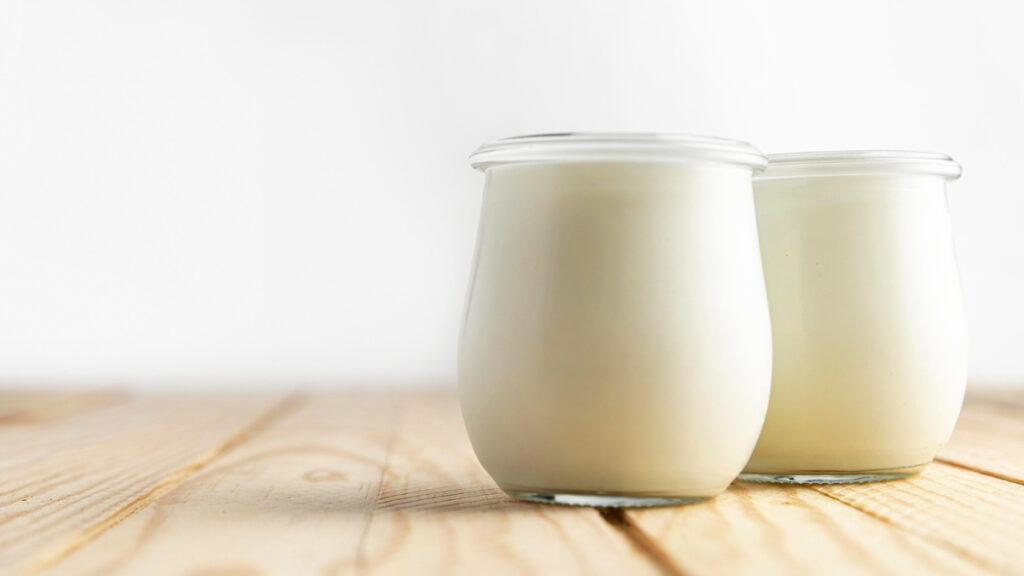
Traditional buttermilk is a fermented dairy product that contains probiotics. It’s made by adding bacterial cultures to milk, giving it a tangy flavor and smooth texture. Buttermilk can be enjoyed as a drink, added to smoothies, or used in baking for extra flavor.
Look for “cultured” buttermilk in the dairy section of your grocery store, as this indicates that it contains live cultures. Just be sure to avoid powdered or shelf-stable buttermilk, as these versions don’t contain probiotics.
Cottage Cheese
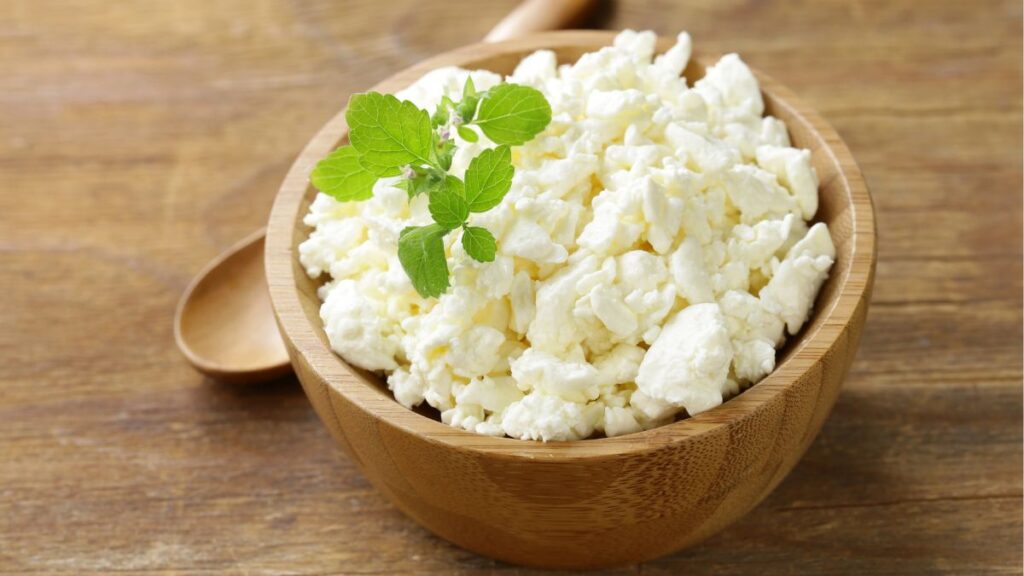
Cottage cheese is a soft, creamy cheese that is sometimes made with live cultures. Not all brands contain probiotics, so check the label for “live and active cultures.” Cottage cheese is high in protein and makes for a nutritious snack or meal addition. You can eat it on its own, mix it with fruit, or use it as a topping for salads or baked potatoes. It’s a mild and versatile food that can easily fit into any diet.
Apple Cider Vinegar
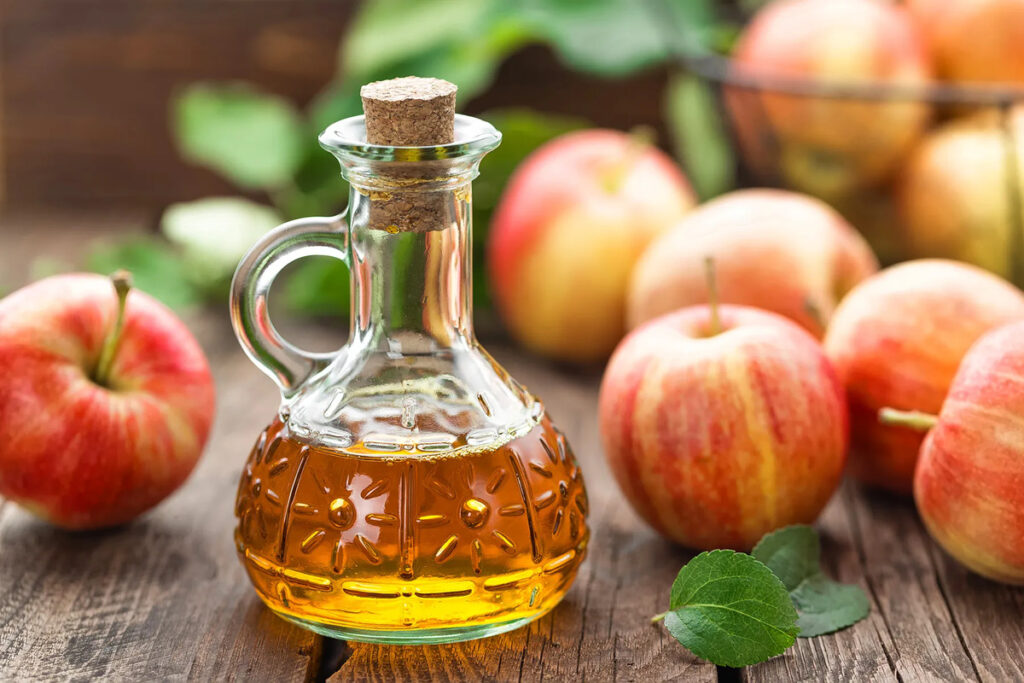
Apple cider vinegar, especially raw and unpasteurized versions, contains probiotics and enzymes that can benefit gut health. You can find raw apple cider vinegar in the vinegar section of most grocery stores.
It’s commonly used in salad dressings, marinades, or diluted in water as a health tonic. Just be sure to start with small amounts, as its acidity can be strong. Some people believe it can aid digestion and improve gut health, though more research is needed.
Olives
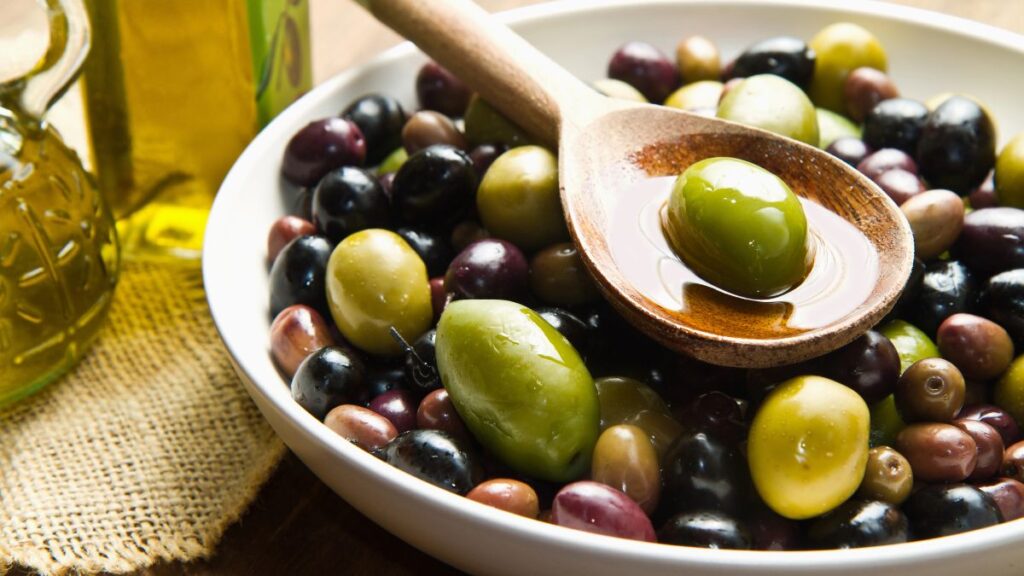
Fermented olives are a tasty source of probiotics, provided they’ve been brined in saltwater rather than treated with vinegar. The fermentation process gives olives their distinctive tangy flavor and preserves their beneficial bacteria.
You can find fermented olives in the refrigerated section or in jars labeled as “fermented.” Olives make a great snack or can be added to salads, pasta, or sandwiches. They’re also rich in healthy fats, making them a nutritious addition to your diet.
Natto
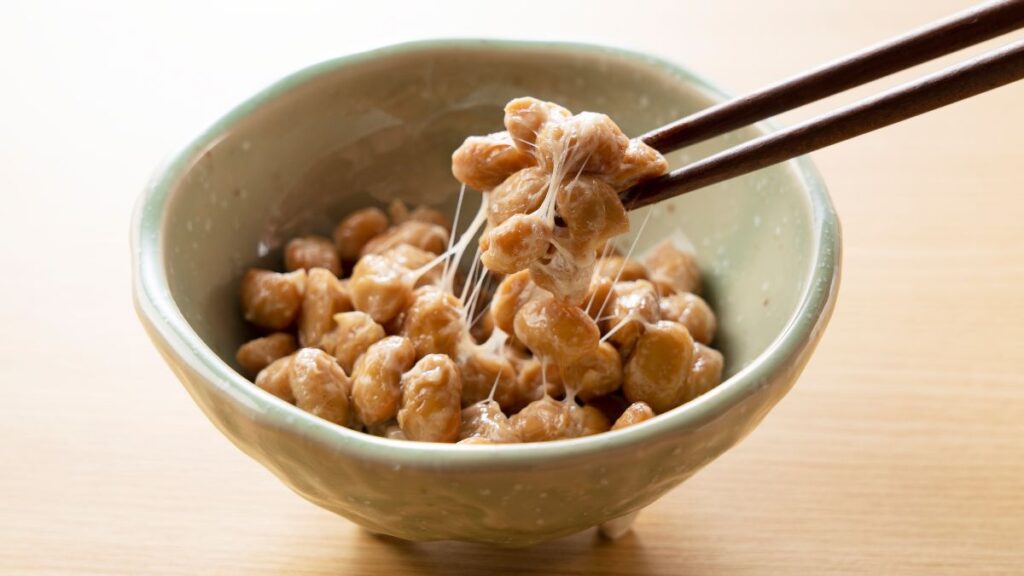
Natto is a traditional Japanese food made from fermented soybeans. It’s known for its strong smell, sticky texture, and potent probiotic content. While natto may be an acquired taste, it’s packed with nutrients like protein, fiber, and vitamin K2.
You can find natto in the refrigerated section of some health food stores or international grocery stores. It’s often eaten with rice or mixed into salads, soups, or noodles. Natto is one of the most probiotic-rich foods available, making it a powerful addition to your diet.
Lassi

Lassi is a traditional Indian yogurt-based drink that is rich in probiotics. It’s made by blending yogurt with water or milk and sometimes adding spices like cumin or fruit. You can find plain or flavored lassi in the refrigerated section of many grocery stores that carry international foods.
Lassi is refreshing and can be enjoyed as a beverage alongside meals or on its own as a snack. Its probiotic content helps support digestion and gut health, making it a tasty and nutritious option.
15 Grocery Items to Stock Up On Before Winter Price Hikes

As winter draws near, temperatures rise, as do grocery prices. The colder months often bring higher food costs due to increased demand, supply chain challenges, and seasonal shortages. To avoid the shock of winter price hikes, stock up on certain pantry staples and essential items.
15 Grocery Items to Stock Up On Before Winter Price Hikes
15 Places Where You’re Expected to Tip—But You Really Don’t Have To

Tipping has become a widespread practice in many industries, with the expectation that you’ll leave a little extra for good service. However, not every situation truly warrants a tip, even if you feel pressured to give one.
15 Places Where You’re Expected to Tip—But You Really Don’t Have To







